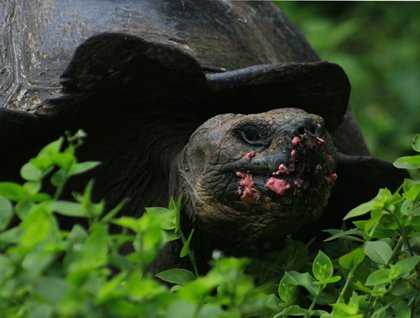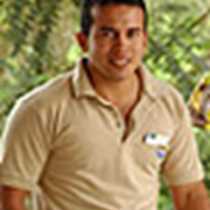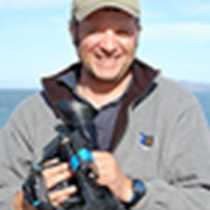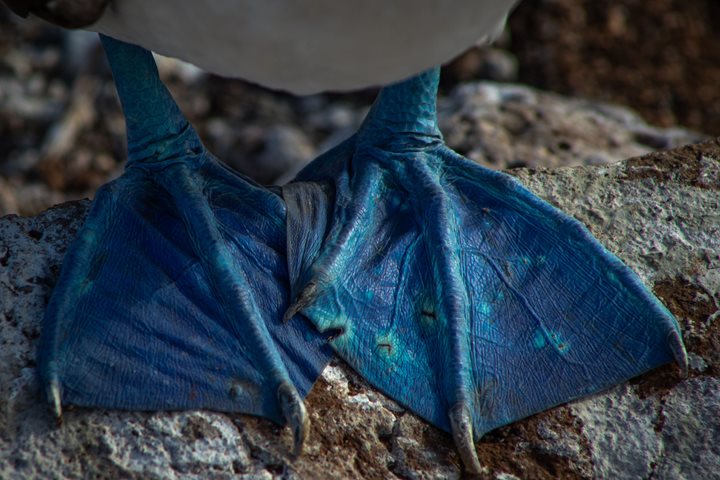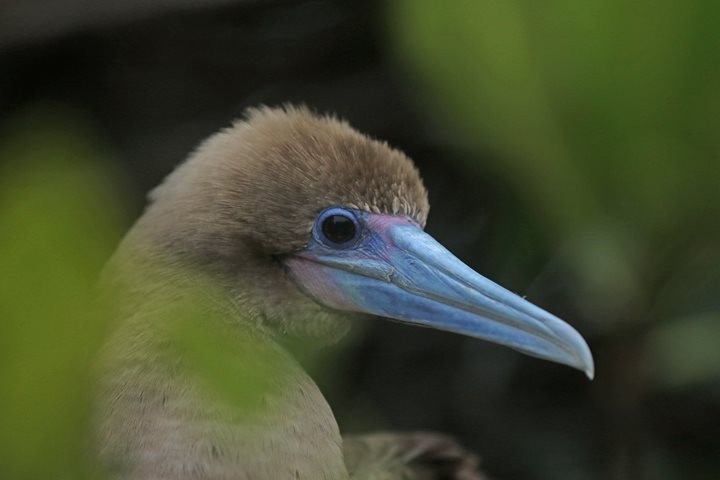The National Geographic Islander anchored at Academy Bay, a place served as anchorage for cargo ships and fishing boats. After breakfast we headed out for the tortoise breeding center, a place where one can learn about the different projects happening to restore the population of the endemic giant tortoises. We encountered tortoises of different kinds and sizes, some over 500 pounds and others just hatched out of their eggs. Here we had the chance to learn the difference between a dome-shaped tortoise and a saddleback or Galapagos tortoise.
After our visit to the tortoises we have some time to explore town. Soon some of us went biking along the farmlands of the highlands of Santa Cruz; here it was very green, nothing like the lowlands we have visited before.
We had lunch in the hills of this island and then we headed out into the flatlands of a private farm. This was the time to find tortoises in the wild, mostly eating grass and others bathing in a mud pond where they clean themselves and cool off. Over 5,000 tortoises are found only on Santa Cruz.
Most of the tortoises we saw were males, old males over 100 years of age. Females were still coming back from the lowlands as they are the ones that migrate the most to the lowlands to lay their eggs around the arid zone. During the walk we also enter a lava tube, a subterranean lava tube with interesting geological features in the inside, giving us a fascinating underground exploration. After a full day, some of our guests had the chance to stay a bit longer in town and experience a bit better the social side of the Galapagos.

